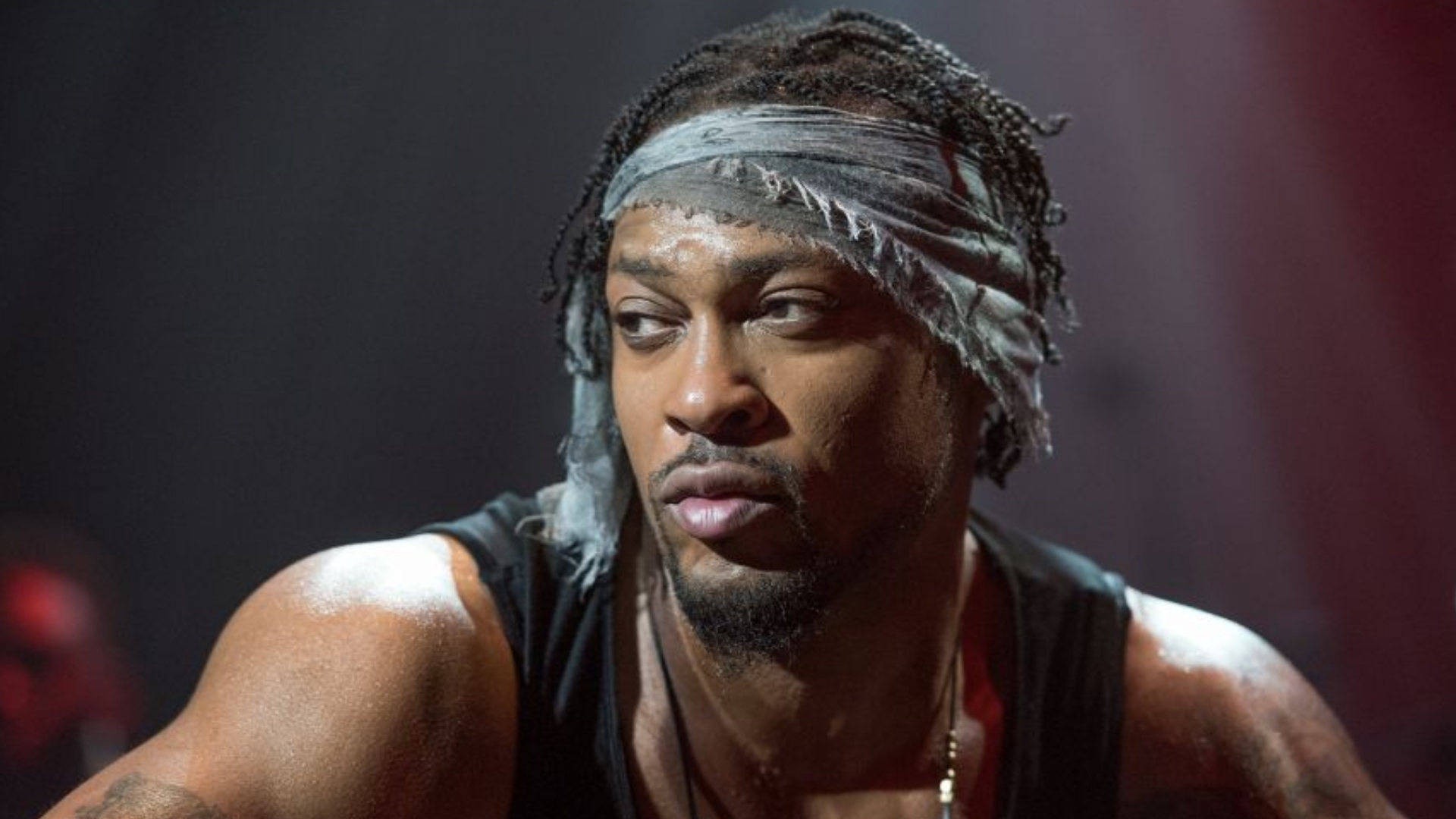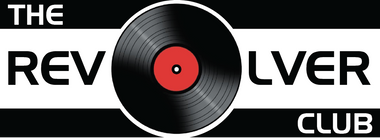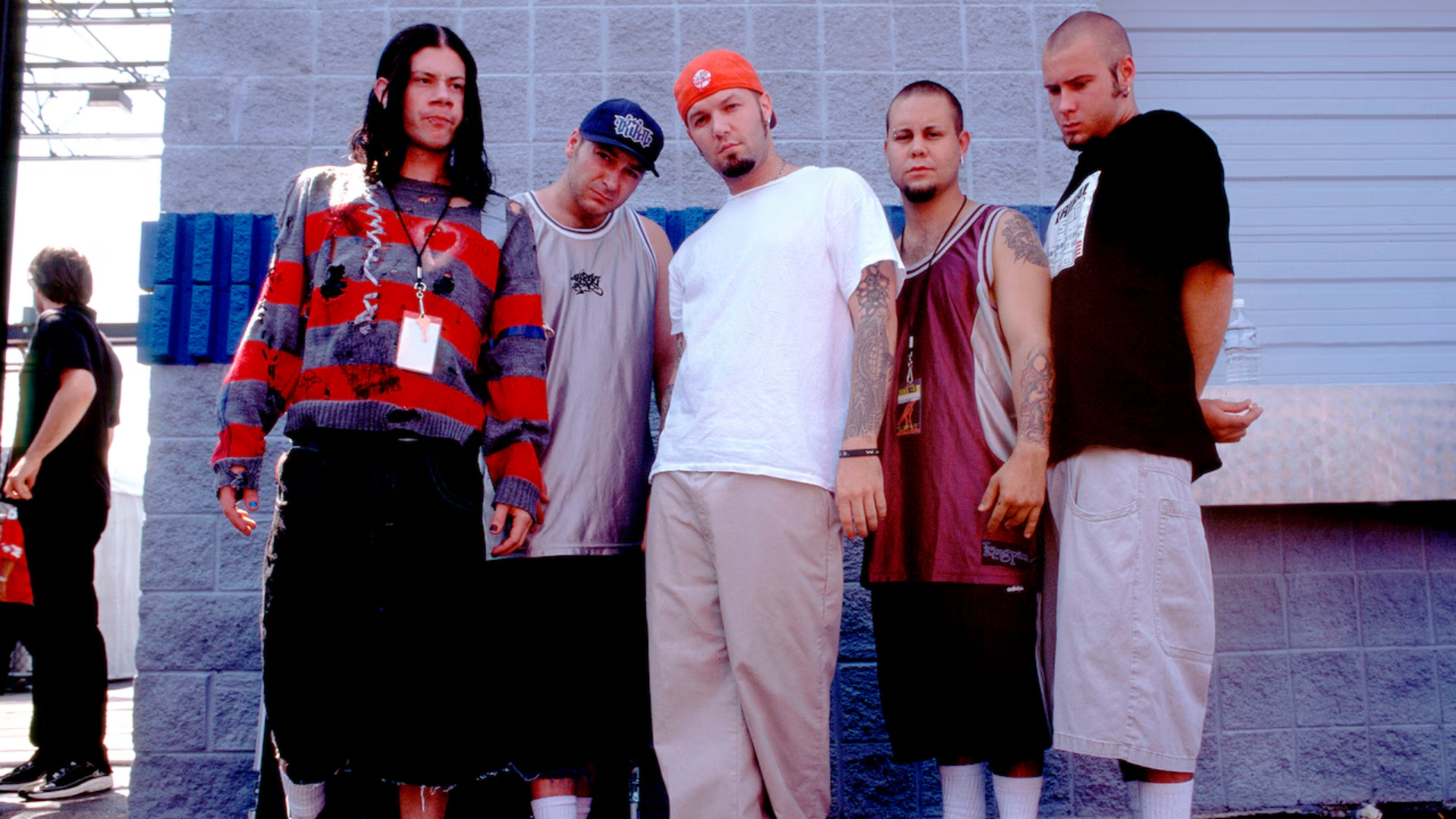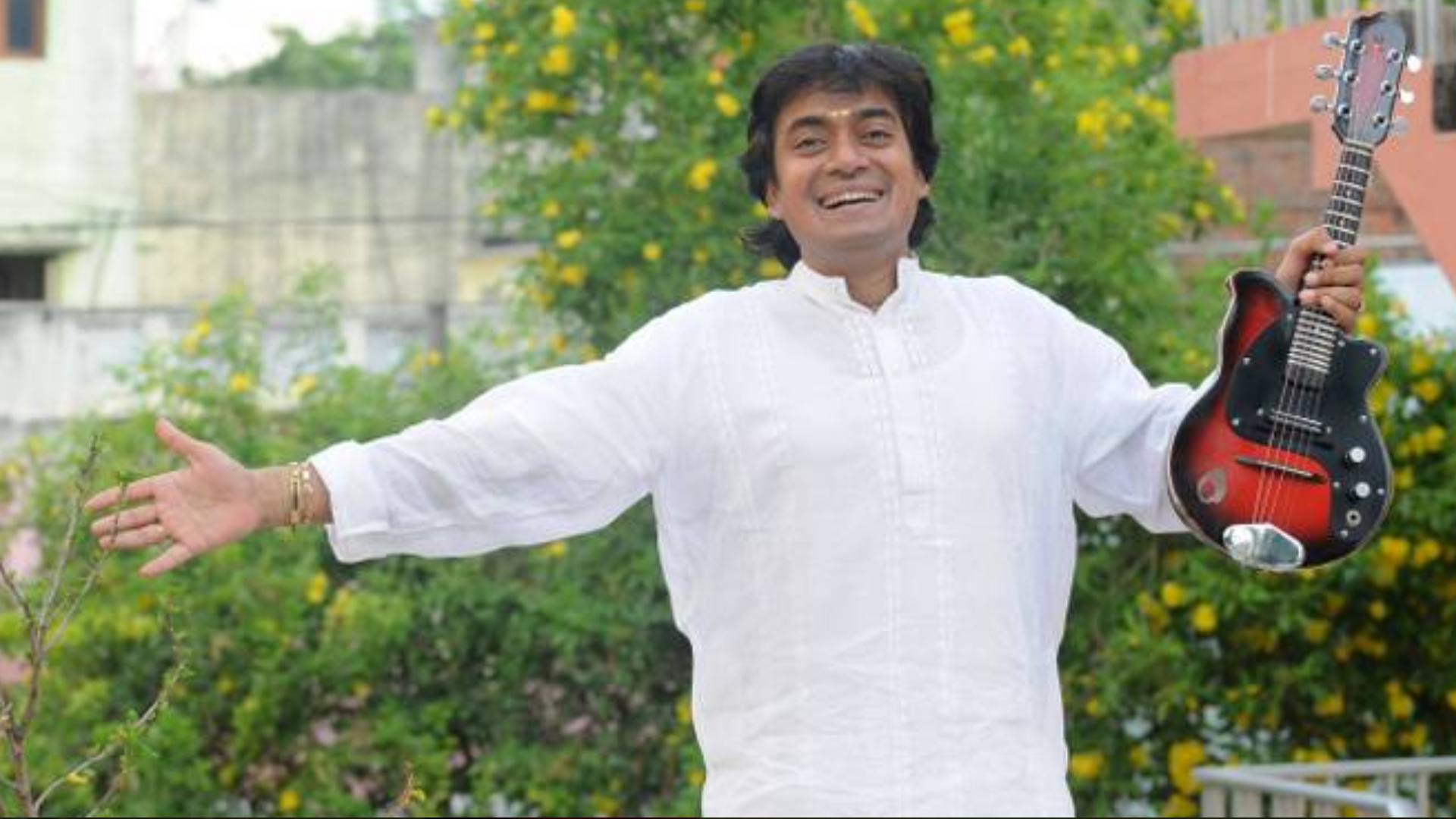D' Angelo: 11 February 1974 - 14 October 2025

D’Angelo’s death sent a wave of grief through every corner of the music world — not just fans of Voodoo, but a generation of artists who had never known R&B without his influence.
Born Michael Eugene Archer in Richmond, Virginia, he grew up in church, playing piano by age three and absorbing the gospel rhythms that would anchor his sound. That belief — that music could move people like sermons — became his lifelong compass.
When Brown Sugar landed in 1995, R&B was glossy and mechanical. D’Angelo stripped it back. The record was warm and human, its grooves breathing between beats. He wrote, produced, and performed much of it himself, blending the sensuality of Marvin Gaye with hip-hop’s pulse. It sparked what would be labeled “neo-soul,” a term he dismissed, saying only, “I make Black music.”
With Voodoo in 2000, D’Angelo went further. Working with the Soulquarians — Questlove, J Dilla, Roy Hargrove, and others — he built something raw and unquantized. The grooves lagged and swayed, the songs stretched and breathed. It was revolutionary, and it won him Grammys — but the attention surrounding the “Untitled (How Does It Feel)” video made him a reluctant sex symbol, a role that pulled him away from the spotlight.
After years of silence, addiction, and retreat, he returned in 2014 with Black Messiah — part confession, part protest. Released amid unrest over police killings, the album’s tangled rhythms and dense harmonies spoke to faith, frustration, and resilience. “The one way I do speak out is through music,” he said.
Across just three albums, D’Angelo changed how modern soul feels. You can hear him in Frank Ocean’s stillness, SZA’s looseness, and Anderson .Paak’s swing. His belief in groove over perfection, patience over spectacle, remains the genre’s quiet law.
Now, as tributes fill timelines and playlists, the most fitting one is still the simplest: listen closely. Beneath every falsetto and every slow-burn bassline lives the pulse of an artist who made imperfection sound divine. D’Angelo’s gone, but the rhythm he taught music to trust still breathes in every beat.
18 Year Old D’Angelo singing “Tomorrow” in Church
Born Michael Eugene Archer in Richmond, Virginia, D’Angelo grew up in the pulpit’s shadow. His father was a Pentecostal minister, and by age three he was already playing piano during services. Sundays in church became his first classroom. Watching the choir move a congregation, he realized music could stir people’s spirits, a feeling that would define everything he later created.
D’Angelo speaks on his beginnings as a Pianist in his Father’s Church
Brown Sugar
Brown Sugar (1995)
This title track from his debut album opens D’Angelo’s story: a sultry fusion of ’70s soul warmth and hip-hop sensibility. With organ hooks, a minimalist groove and lyrics that double up the drug metaphor with romance, it set a template for neo-soul and made him a serious artist, not just a new voice.
Lady
1996
“Lady” became D’Angelo’s first major hit and his signature love song. Co-written with Raphael Saadiq, it blends smooth vocal layering, live bass, and the earthy warmth of vintage soul with the swing of hip-hop. The lyrics are simple but assured—a man completely captivated by his muse. “Lady” proved that D’Angelo could bridge underground soul musicianship with mainstream R&B success.
Cruisin’
1995
A cover of the Smokey Robinson classic, D’Angelo’s version adds string arrangements, flute and a modern groove, signalling his reverence for vintage soul while making it his own. The production shows his dual identity: steward of tradition and innovator.
Me and Those Dreamin’ Eyes of Mine
1996
A deeper cut from Brown Sugar, this introspective track shows D’Angelo’s songwriting maturing: gospel-tinged harmonies, funk backbone, vulnerability in the lyrics — wondering if his feelings keep him blind.
Devil’s Pie
2000
Pre-Voodoo single for the Belly soundtrack, “Devil’s Pie” is sharp: dark, funky, commenting on commercial excess with live drums and horns. It gave a clue that his next era would dig deeper — spiritually and musically.
Left & Right (feat. Redman & Method Man)
Voodoo (2000)
A bold lean into hip-hop-soul fusion: D’Angelo’s groove supports rappers and funk horn lines. It demonstrates the collaborative, experimental ethos of the Soulquarians era, showing that soul could be loose, messy, improvisatory.
Spanish Joint
Live at North Sea Jazz Festival 2015 (Released: 2000)
One of the more shimmering tracks on Voodoo, “Spanish Joint” moves with Afro-Latin flare: Latin guitar, dynamic horn arrangements (Roy Hargrove), shifting groove. It highlights D’Angelo pushing beyond standard soul into global soundscapes.
Untitled (How Does It Feel)
2000
The song and its video became iconic: a stripped-down plea for intimacy over a minimalist groove, and the visuals turned D’Angelo into a reluctant sex symbol. It remains one of modern R&B’s definitive moments.
Sugah Daddy
2014
The lead taste of Black Messiah, “Sugah Daddy” returned D’Angelo with swagger and analog warmth. It bridges funk rock, soul and swagger, hinting at the heavier themes he would embrace.
Really Love
2014
A slow-burn orchestral ballad from Black Messiah, “Really Love” balances delicate guitars, sweeping strings and his falsetto. It affirms his commitment to emotion and craft, framed for a modern era.
The Charade
2014
Arguably his most politically charged track, with punchy funk and lyrics about systemic injustice. “The Charade” places D’Angelo not just in the love-song lane but in the tradition of socially conscious soul.
1000 Deaths
2014
From Black Messiah, this track opens with a heavy beat, analog grit, and commentary on legacy and mortality. It underscores his depth beyond sex and sweetness to spiritual and existential terrain.
D’Angelo on Funk
From the 2012 interview with Nelson George for the documentary Finding The Funk.
Back to the Future (Part I & Part 2)
2014
These twin tracks from Black Messiah play like a suite; sprawling, exploratory, blending funk, rock, soul. They show D’Angelo’s ambition: not just hits, but albums as art.
Till It’s Done (Tutu)
2014
A tribute-inspired track (to Miles Davis’ Tutu), this song nods to jazz mastery while staying grounded in his groove universe. It shows how far his musical vision stretched.
Another Life
2014
The closing track on Black Messiah, it offers a bittersweet reflection: what comes after, what remains. It’s a fitting end to his album trilogy and a bridge to what might have been.
I Want You Forever
Jeymes Samuel x D’Angelo x JAY Z (2024)
Though not part of his main albums, this collaboration with Jay-Z and filmmaker Jeymes Samuel shows his final recorded statement. A nearly 10-minute funk-infused odyssey, it stands as a late note in his legacy, showing he was still evolving.



Comments